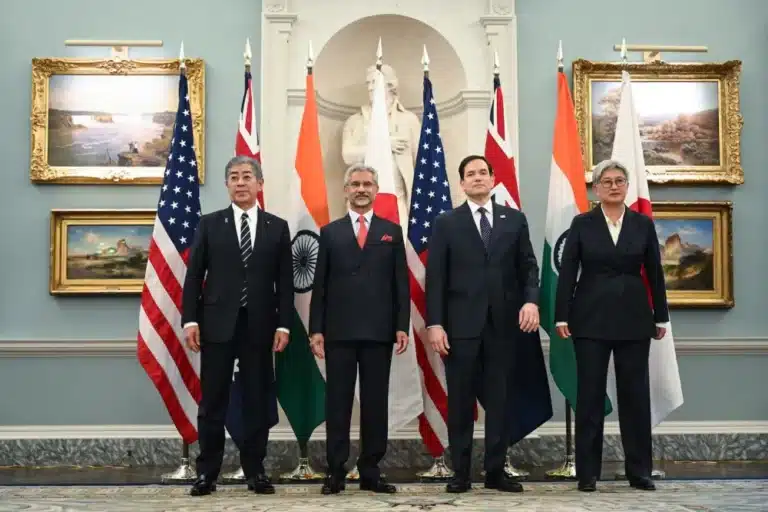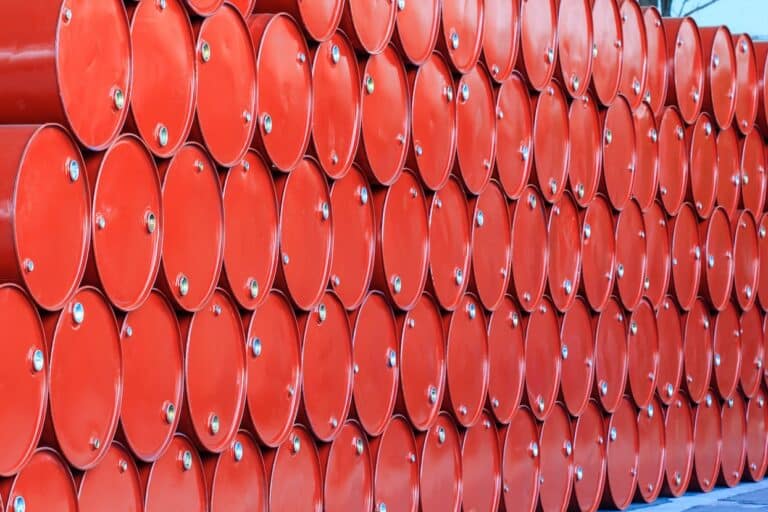Applications Open for 2026 David Leuschen Global Energy Fellows Program
The Center on Global Energy Policy (CGEP) at Columbia University SIPA is excited to announce an open call for applications for the 2026 David Leuschen Global Energy Fellows...
Current Access Level “I” – ID Only: CUID holders, alumni, and approved guests only
Q&A by Anne-Sophie Corbeau • March 21, 2022
Following Russia’s invasion of Ukraine, the International Energy Agency (IEA) and the European Commission (EC) devised plans to rapidly reduce the EU’s imports of Russian natural gas.[1] Russian pipeline gas supplies to the European Union amounted to approximately 155 billion cubic meters (bcm) in 2021, including 14 bcm of liquified natural gas (LNG). Replacing this volume entirely within one year would be impossible. However, the IEA and the EC estimate that a reduction of one- to two-thirds is achievable by the end of 2022 based on lowering gas demand and finding alternative gas supplies. This wide range is indicative of just how challenging this effort will be.
In this piece, Anne-Sophie Corbeau, a global research scholar with the Center on Global Energy Policy, answers questions about the EU’s plans to replace Russian gas with supply from alternative sources.
How much of the EU’s Russian gas imports can be replaced by other pipeline gas suppliers in the short term?
Both the IEA and the EC expect an additional 10 bcm from domestic gas production and pipeline gas suppliers. The author estimates that this is achievable based on the following:
How much more LNG can Europe take in 2022?
Europe imported about 80 bcm of LNG in 2021, and could take more to reduce reliance on Russia in 2022. However, the IEA and the EC disagree on how much LNG Europe could realistically take. The IEA’s analysis projects that an increase of 20 bcm is possible, while the EC indicates the ramp up could reach 50 bcm, implying total European imports of 130 bcm. Reaching levels of 130 bcm of LNG in 2022 could face two significant constraints: the amount of LNG that can be diverted to Europe (including to replace Russian LNG imports) and the limitations imposed by Europe’s LNG terminals.
For the EU to achieve a total import level of 130 bcm, it would need to take a proactive stance and hope that all the stars align. Global LNG trade will likely increase by around 20 bcm in 2022 as a result of several LNG plants coming online in the US (Calcasieu, Sabine Pass Train 6) and the Snøhvit facility restarting. There may be some upside from facilities with spare capacity. Egypt, for instance, could increase its LNG export if it gets more gas from Israel. However, Europe’s ability to attract all this incremental LNG supply depends on some countries being able to continue to import Russian LNG; if they are banned from doing so, the EC’s plan is unachievable.
In addition to capturing 20 bcm of incremental LNG supply, the EU will need to meet the more difficult challenge of attracting 30 bcm of LNG away from Asia and other importing regions, unless high gas prices significantly damp demand. Europe will need to outbid other regions for the whole year and beyond. Europe did manage to obtain additional LNG in January 2022 because the market allocated spot cargoes to the region offering the highest netbacks, and Asia did not need the LNG. Qatar has indicated that most of its volume is locked into long-term contracts with mainly Asian buyers, such that the amount of divertible volume that can be shipped to Europe is only 10-15 percent.[5]
The following is a short breakdown of market conditions in key LNG-importing regions:
What about LNG terminals?
This is an important question. According to the International Group of Liquefied Natural Gas Importers (GIIGNL),[7] the EU’s regasification capacity amounts to 170 bcm.[8] But 75 bcm of capacity is located in Iberia, which only imports around 25 bcm. For the EU to import at levels of 130 bcm of LNG in 2022, areas beyond Iberia will need to import 105 bcm on less than 100 bcm of capacity (assuming that Iberia’s LNG import levels remain the same). Although regasification can occasionally be operated above nameplate capacity, this may not be achievable for all terminals and for a long period of time.[9]
The following three actions will be needed for the EU to ramp up LNG imports by 50 bcm:
Beyond 2022, if Europe wants to sustainably import large quantities of LNG, it will need to build new LNG import terminals.
Notes
[1] International Energy Agency, “A 10-Point Plan to Reduce the European Union’s Reliance on Russian Natural Gas,” March 2022, https://www.iea.org/reports/a-10-point-plan-to-reduce-the-european-unions-reliance-on-russian-natural-gashttps://ec.europa.eu/commission/presscorner/detail/en/IP_22_1511.
[2] Norwegian Petroleum Directorate, “Production Figures December 2021,” January 20, 2022, https://www.npd.no/en/facts/news/Production-figures/2022/production-figures-december-2021/https://www.npd.no/en/facts/news/Production-figures/2022/production-figures-january-2022/.
[3] Reuters, “Netherlands Nearly Doubles Estimated Groningen Gas Output to Secure Supply,” January 6, 2022, https://www.reuters.com/markets/commodities/netherlands-nearly-doubles-estimated-groningen-gas-output-secure-supply-2022-01-06/.
[4] David O’Byrne, “Azerbaijan to Europe’s Rescue,” Eurasianet, January 31, 2022, https://eurasianet.org/azerbaijan-to-europes-rescue.
[5] Maha El Dahan, “Qatar Says ‘Almost Impossible’ to Quickly Replace Russian Supplies to Europe,” Reuters, February 22, 2022, https://www.reuters.com/article/qatar-lng-uk-supply-idAFKBN2KR137.
[6] Rainfalls were significant in Brazil in early 2022.
[7] GIIGNL, “GIIGNL Annual Report 2021,” April 26, 2021, https://giignl.org/resources2/.
[8] Europe’s total regasification capacity amounts to 250 bcm per year, including Turkey (34 bcm) and the UK (48 bcm).
[9] The ability of LNG terminals to be operated above nameplate capacity depends on numerous factors, including the jetty, the amount of LNG storage, and pipeline capacity.
Each country in the alliance offers distinct strengths.

China’s dependence on the energy supplies that move through the Strait of Hormuz makes it especially vulnerable to any possible closure of the waterway by Iran in retaliation for attacks by Israel and the United States.


Full report
Q&A by Anne-Sophie Corbeau • March 21, 2022